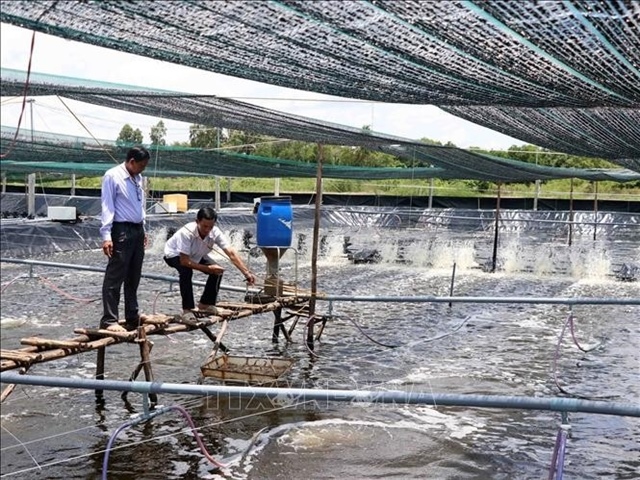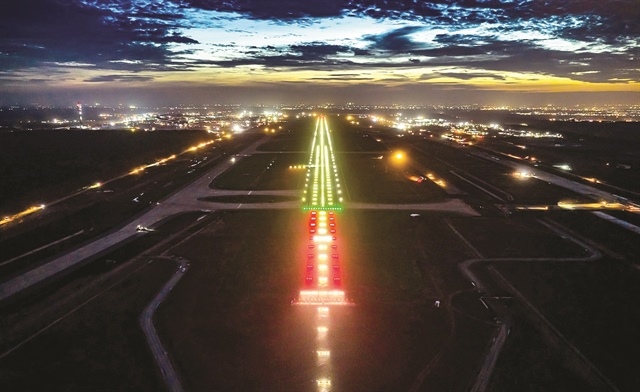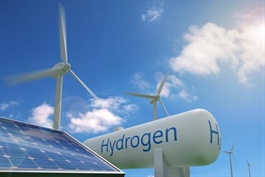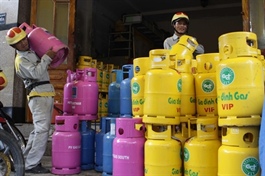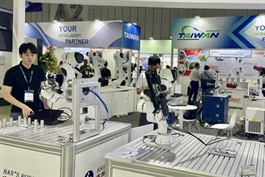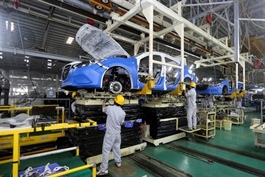No power shortage in northern Vietnam until year-end: Trade Ministry
No power shortage in northern Vietnam until year-end: Trade Ministry
The northern region faces an intensifying heatwave, projected to persist until July 12.
The power supply in the northern region has improved since the end of June and no power outages are expected until the end of the year.
Deputy Minister of Industry and Trade Do Thang Hai made the pledge at a government press conference on July 4, giving an on-year increase of 3.4% to 25.3 billion kWh in the estimated electricity production and imports in June.
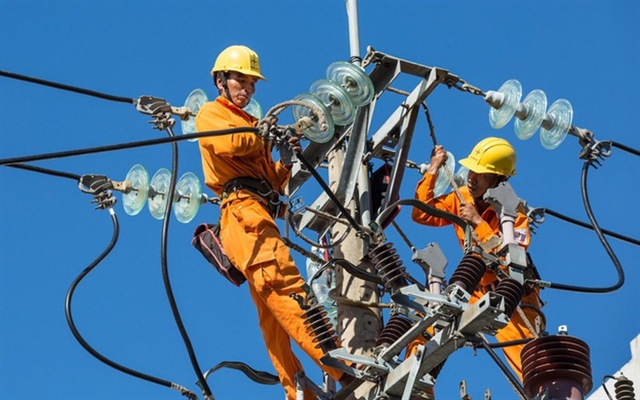
EVN worker during power plant repair work. Photo: Hoang Anh/The Hanoi Times |
Overall, in the first six months of the year, total electricity production and imports reached over 136 billion kWh, an up 2.2% year-on-year, said Hai.
He acknowledged the challenges faced by the electricity sector in May and early June, including extreme heat, unfavorable hydrological conditions, increased electricity demand, and low water levels in hydroelectric reservoirs. These factors led to periodic power outages in certain northern provinces and cities.
Thang added that the situation remains challenging for the operation of the power system nationwide, especially in the North, in early July due to persistent heat and relatively low water levels in hydropower reservoirs.
In this context, Thang said the ministry had instructed the Vietnam Electricity Corporation (EVN) to closely monitor the operation and market conditions of the power system and take proactive measures to address supply difficulties, including load adjustments if necessary.
However, he stressed that from now until the end of the year, there will be no shortage of electricity for business operations, production, and people's daily lives.
A report from the Electricity Regulatory Authority under the MoIT showed that water inflow to the hydropower reservoirs in the northern region has improved. The current water levels of Son La, Lai Chau, Tuyen Quang and Ban Chat lakes are 12-27 meters higher than the dead storage. In addition, Huoi Quang and Thac Ba lakes have water levels 0.9-2 meters above the dead storage capacity due to the recent low inflow into these reservoirs.
In the coming period, the water inflow to the lakes is expected to increase, ensuring the power supply for the northern region with an average daily demand of 421 to 425 million kWh. However, in the absence of floods, the ability to store water in the lakes will be limited, although the remaining water combined with natural inflows can still meet load demand, the report said.
The northern region is experiencing an intensifying heat wave expected to continue until July 12. The peak of the heat wave is expected between July 6 and 8, with temperatures reaching 39-40 degrees Celsius. During this period, the average electricity demand in the north is estimated to reach 440 million kWh, with peak days reaching around 470 million kWh per day.
Vice Minister Hai proposed four immediate solutions to address the power shortages and blackouts in the northern region. These include ensuring sufficient fuel supply and minimizing breakdowns at thermal power plants, optimizing the operation of hydropower plants, and promoting electricity savings.
In the long term, Hai stressed the importance of accelerating the progress of power source and grid projects to meet the growing electricity demand.
Since the end of May, Hanoi and several localities in the northern region have experienced power outages due to the surge in demand during the hot season.
The drought has reduced the mobilization of hydropower, one of the primary power sources for the region. In addition, some thermal power plants have experienced prolonged technical problems, resulting in an unused capacity of approximately 2,100 MW.


